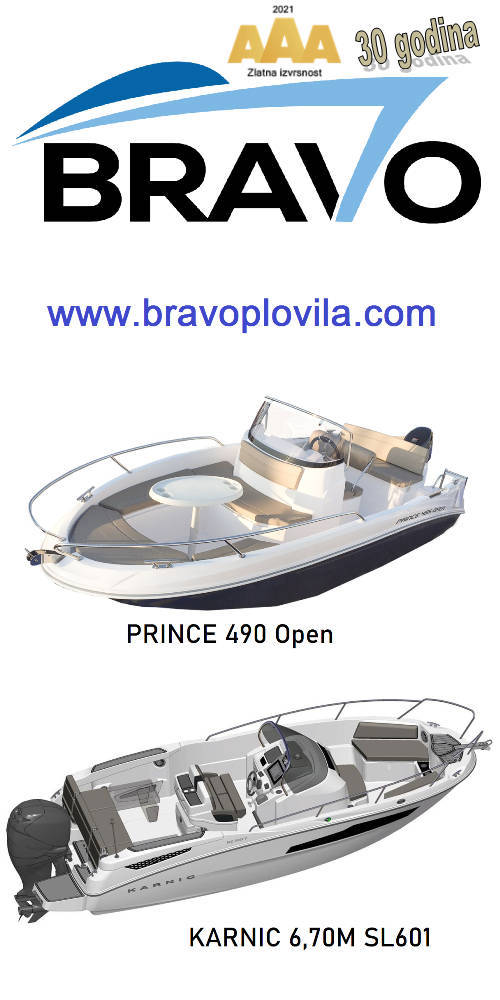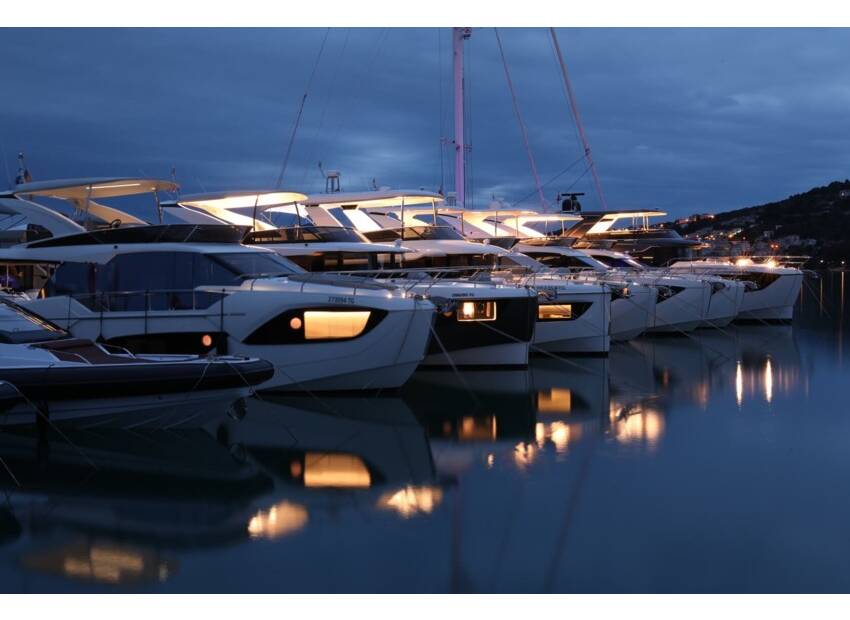Developed by Aker Arctic, the icebreaking rescue vessel Baltika is the first ship ever built with an asymmetric hull that allows her to break ice not only ahead and astern, but also sideways. In this way, the relatively small oblique icebreaker is capable of opening a wide channel in ice.
Completed in 2014, the new icebreaker was scheduled to undergo full scale ice trials this winter in order to confirm the vessel´s performance. Baltika departed from Murmansk on 20 March 2015 with the Aker Arctic team on board and sailed around the northern tip of Novaya Zemlya and across the Kara Sea to the Gulf of Ob, close to the Sabetta terminal area, to carry out the ice trials. The testing program consisted of performance tests in two distinct ice thicknesses in ahead and astern directions as well as in the oblique mode. Various operational tests were also carried out in order to determine the maneuverability and operational capability of the vessel. The thickness and strength of the ice was measured in the areas where tests were carried out. An automatic measurement system was set up to record ice loads on the ship’s hull through the whole three-week voyage which concluded in Murmansk on 10 April 2015.
Although the ice conditions in the area were on the upper end of the vessel’s designed icebreaking capability and the ice in the Gulf of Ob was considerably stronger than typical sea ice, Baltika exceeded expectations and the required performance targets were passed with a clear margin. The vessel could break 1.2-metre level ice in continuous motion when proceeding bow first and could achieve a speed exceeding 3 knots in astern direction. The oblique mode, which had never been tested before in real life, also worked extremely well and the vessel fulfilled all the design requirements. During operational tests, Baltika also demonstrated excellent maneuverability and rubble clearing capability in the port of Sabetta as well as ability to penetrate heavy compressive ice ridges in the Kara Sea without ramming.
According to Project Manager Mika Hovilainen who was on board the vessel during the ice trials, “Baltika’s voyage to the Gulf of Ob proves the exceptional operational capability of the oblique icebreaker concept in very difficult ice conditions. The vessel could operate in ice conditions that exceeded the design criteria used as the basis of the vessel concept. Baltika could carry out the same operations as conventional icebreakers with just half of the propulsion power as well as perform maneuvers which are not possible for any other vessel currently in service.”
Baltika (IMO number 9649237) was built by Arctech Helsinki Shipyard (Helsinki, Finland) in co-operation with Shipyard Yantar JSC (Kaliningrad, Russia) based on Aker Arctic’s oblique icebreaker design , Aker ARC 100. The vessel is 76.4 metres long and has a beam of 20.5 metres, and has a diesel-electric power plant consisting of three Wärtsilä 9L26 generating sets with a combined output of 9 MW. Baltika is propelled by three 2.5 MW Steerprop azimuth thrusters, two in the stern and one in the bow of the vessel. The dynamic positioning system, which also includes the oblique icebreaking mode, has been developed by Navis Engineering. The vessel is classified by the Russian Maritime Register of Shipping and its ice class is Icebreaker6. In addition to icebreaking duties, the vessel is also fitted with a built-in oil recovery system.
Baltika is owned by the Federal Agency for Maritime and River Transport of Russia (Rosmorrechflot) and operated by the Russian Marine Emergency Rescue Service (FGI Gosmorspassluzhba).
Related articles

Nautical Industry
Recognition for Moto-Nautics
Ranieri Int. honours his dealer for Slovenia, Croatia and Serbia





















